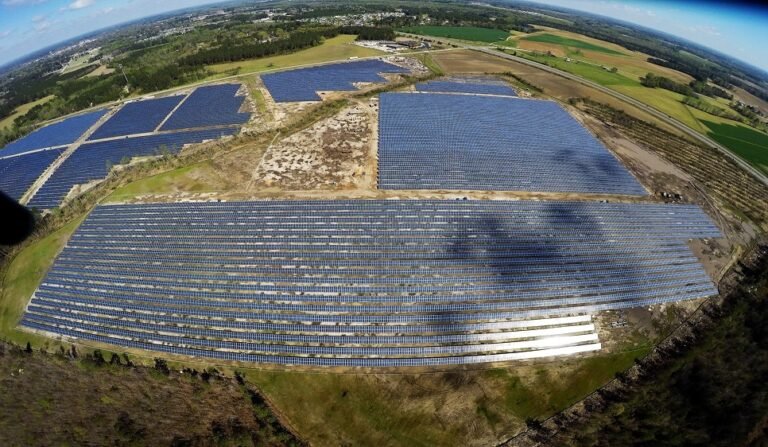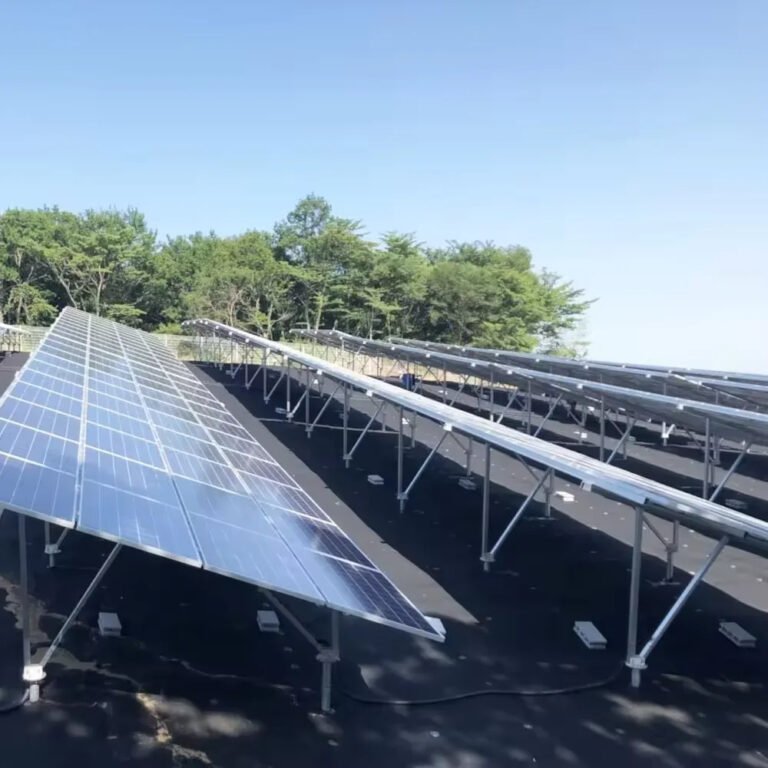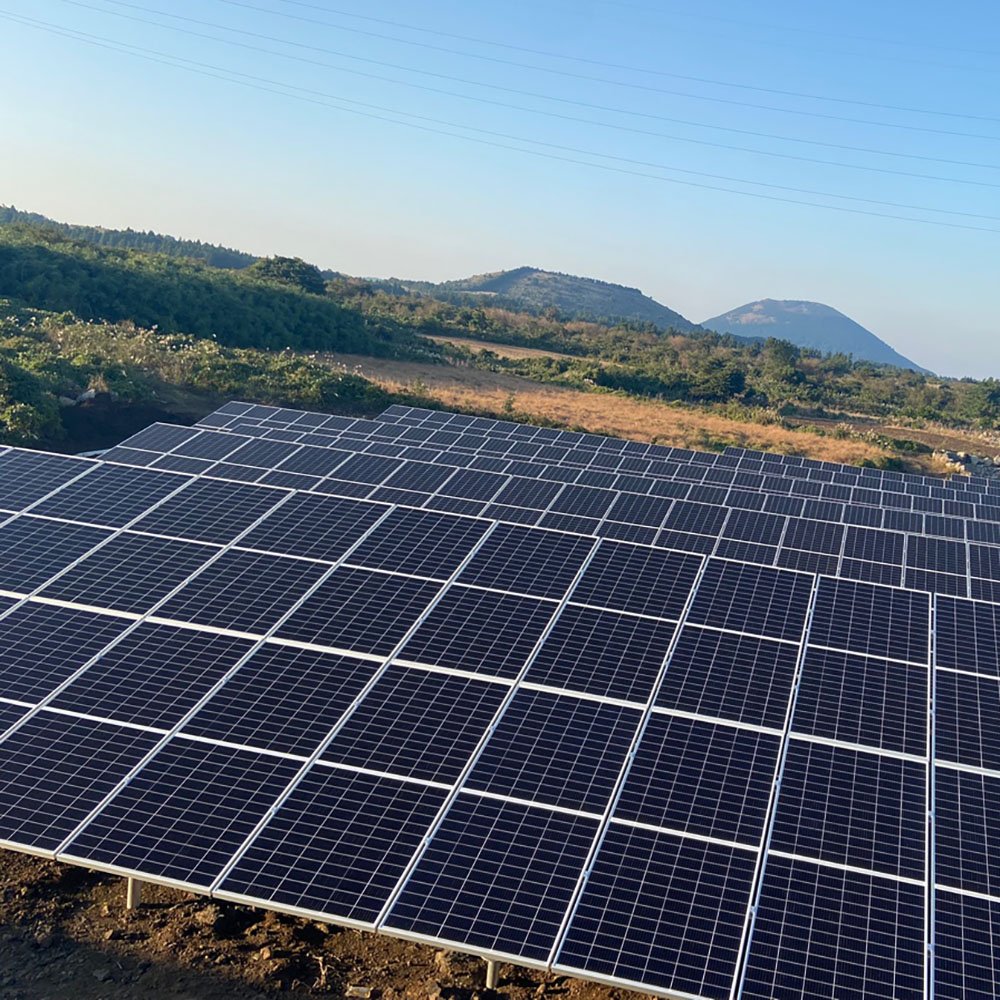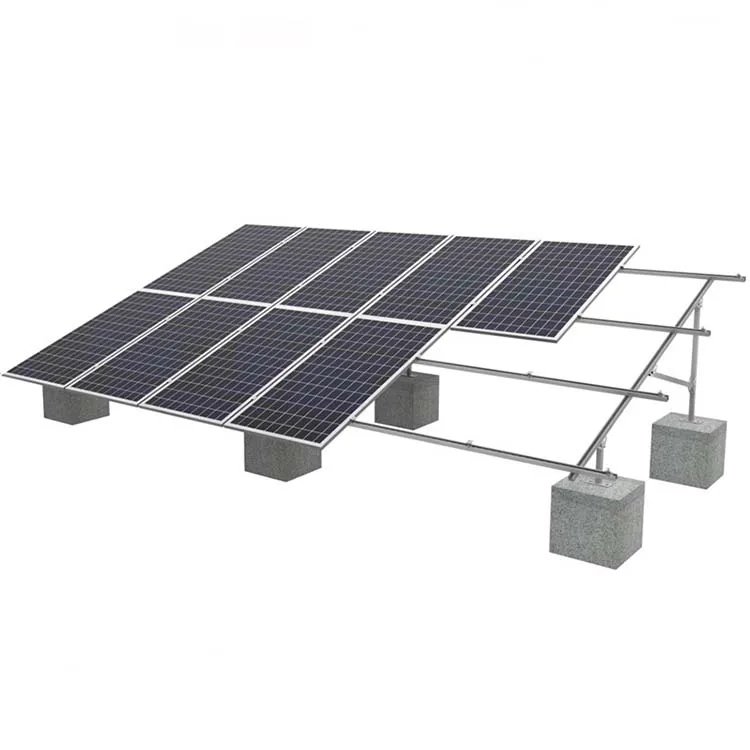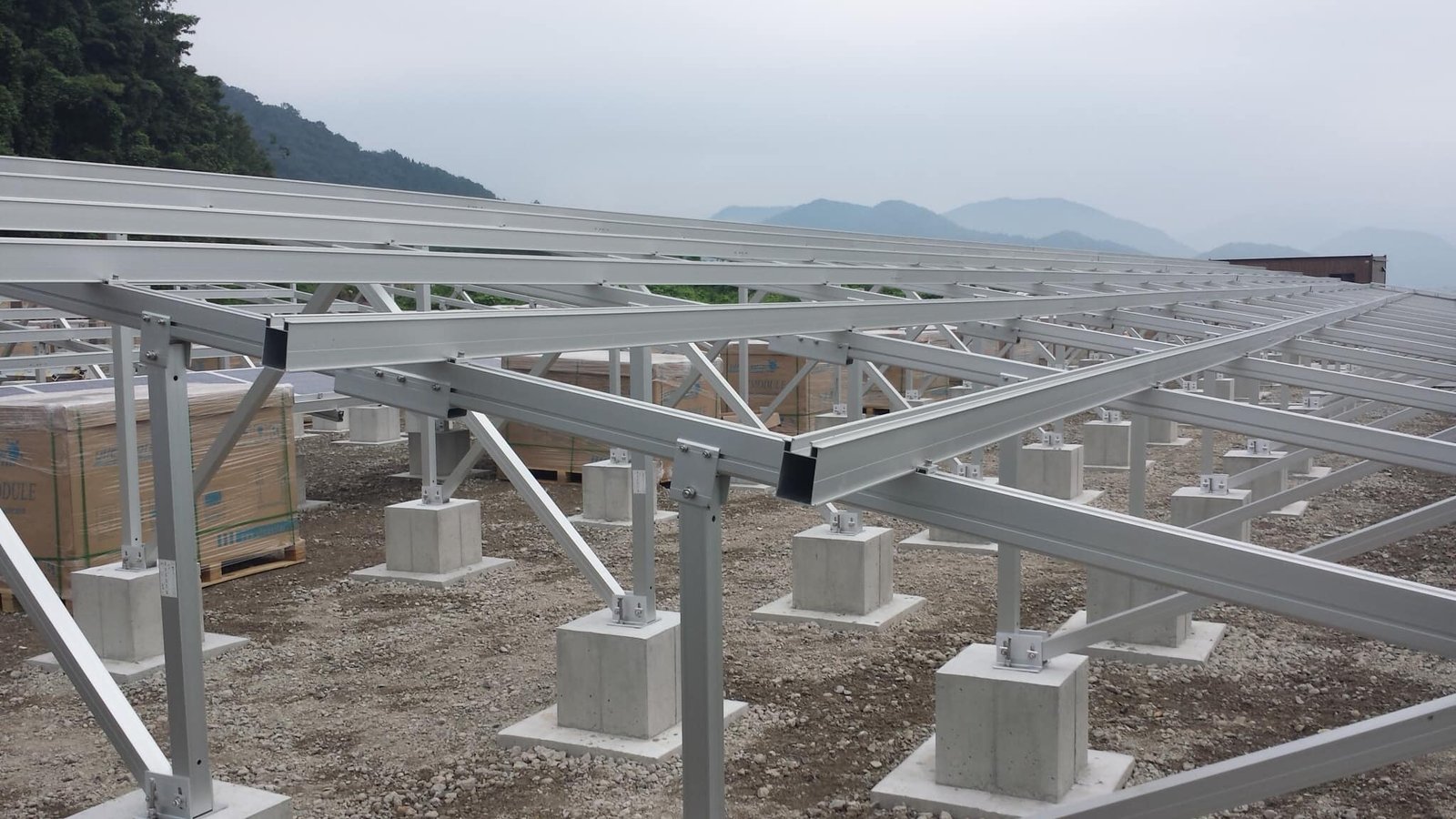-
中国福建省アモイ市海滄区興港一路322号2103室

What Is Solar Arrays in Photovoltaic Systems
Table of Contents
To maximize solar power generation, it’s crucial to understand what a ソーラーアレイ is and how it differs from units like strings, modules, and cells. This guide explains the structure and role of arrays, how they impact energy output, their relation to system conversion efficiency, and key design considerations.
What Is a Solar Array?
A ソーラーアレイ is the largest unit in a photovoltaic system. It consists of multiple solar modules connected either in series または parallel. The array directly determines the system’s total generation capacity.
🧩 Key Unit Differences: Cell, Module, String, Array
Cell
The most basic unit, a solar cell is typically about 10 cm square. It generates electricity directly from sunlight but outputs only ~0.5W and 0.5V–0.6V. Cells are made using crystalline silicon wafers with PN junctions.
Module
A module combines many cells, protected by glass, EVA, and aluminum frames—commonly known as a ソーラーパネル. Modules vary in size and are designed to be weatherproof.
String
A string is a set of modules connected in series to increase voltage. Proper string design is essential for minimizing energy loss.
Array
An array is a complete structure of multiple strings, forming the main solar-generating unit.
How Much Power Can an Array Produce?
The array’s output is calculated by:
Module Wattage × Number of Modules
For example:
180W module × 20 pcs = 3,600W (3.6kW)
The larger the array, the greater the energy it can generate. However, the output is DC and must be converted to AC via a power conditioner (inverter), which introduces conversion losses.
🔋 Maximize Array Output: 3 Essential Tips
1. Optimal Tilt Angle
The ideal angle lets sunlight hit the panels perpendicularly, minimizing reflection and maximizing efficiency.
2. Orientation
In Japan, south-facing arrays are optimal to track the sun from morning to evening.
3. String Configuration
Uniform module counts in each string and shadow management are essential to avoid reduced output.
Solar Arrays and System Conversion Efficiency
What Is System Conversion Efficiency?
This measures how well a solar system converts sunlight into usable AC electricity.
Formula:
(AC Output Energy) ÷ (Solar Irradiance × Array Area)
If 1000W of sunlight hits the array and the inverter outputs 200W of AC power:
Efficiency = 200 ÷ 1000 = 20%
Array Efficiency vs. System Efficiency
- Array Efficiency: DC power output from sunlight per square meter.
- System Efficiency: Takes into account inverter loss, cable loss, and weather conditions.
Monitoring both allows early detection of underperforming components.
3 Key Points in Effective Array Design
H3. Tilt Angle
Affects how directly sunlight hits the module surface. In Japan, a 30° tilt is commonly optimal but may vary by region.
H3. Orientation
South-facing is ideal. If that’s not feasible, aim for the closest angle to south.
H3. String Design
Unbalanced strings or shading on one module can reduce overall output. Smart string planning mitigates this.
Final Thoughts: Understand Units to Design Efficient Systems
A strong grasp of arrays, strings, modules, and cells is the foundation of efficient solar system design. Applying principles like correct orientation, tilt, and balanced strings will enhance both array and overall system efficiency.
🔗 Related Products for Array Integration
Here are products that can help you build efficient solar arrays:
アルミニウム地中埋込型 - ねじ杭基礎
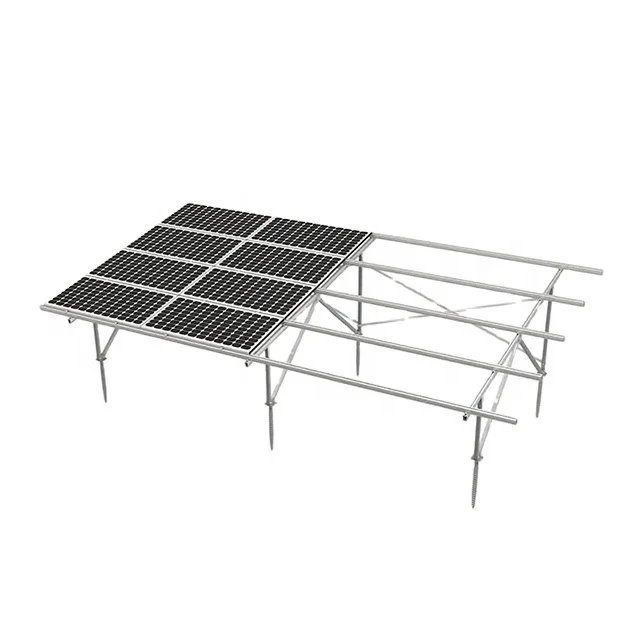
屋根設置型ソーラーシステム

Solar Panel Mounting Aluminum Rail Manufacturer


